[[bpstrwcotob]]

Designing the Undesigned: The Six A's and the Laboratory of the Future
A framework of six principles provides a holistic, data-driven approach to designing flexible, sustainable laboratories that can evolve with the science of the future

How Flexibility and AI Are Reshaping the Future of Lab Real Estate
With AI-native biotechs changing how—and where—science happens, design teams are rethinking flexibility, retrofits, and speed-to-market strategies to prepare labs for the next decade of discovery
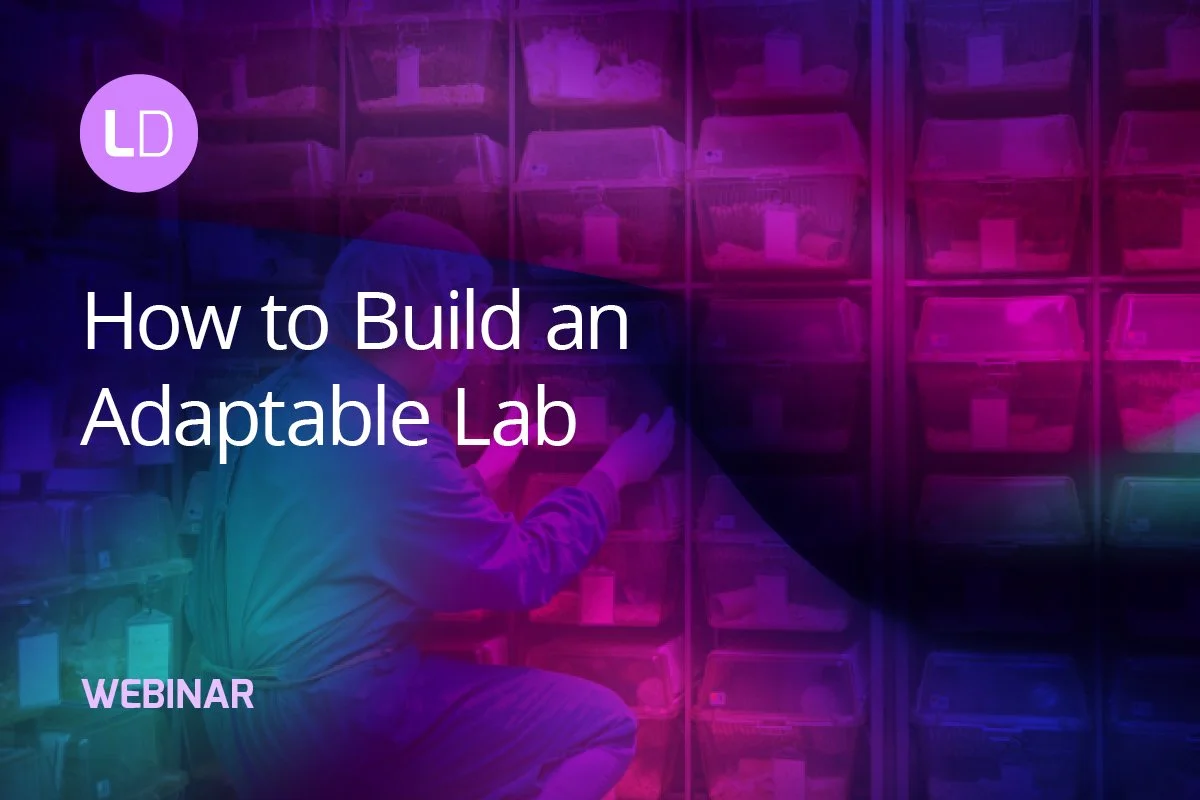
Webinar Preview: How to Build an Adaptable Lab
Register for Lab Design’s free October 8 webinar, "How to Build an Adaptable Lab," to hear industry experts share practical strategies for creating flexible, future-ready research spaces
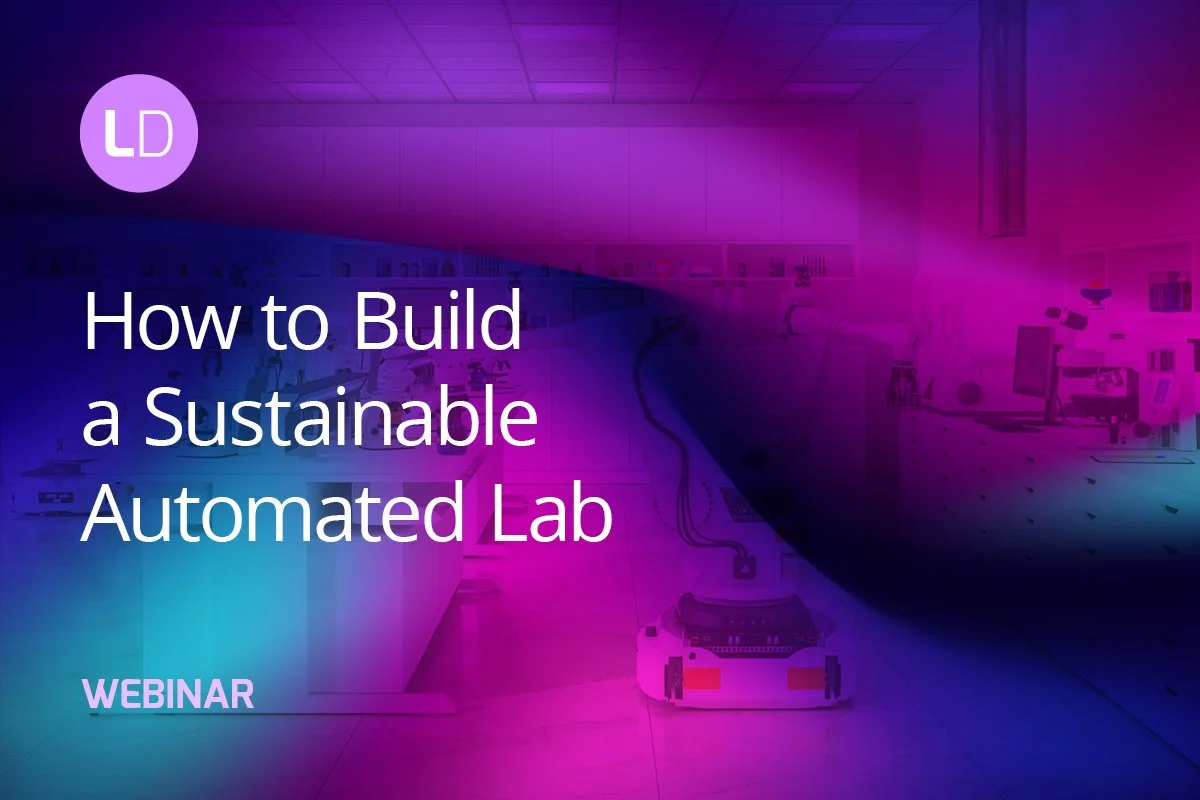
Webinar Preview: How to Build a Sustainable Automated Lab
Lab Design will host a free webinar on Thursday, September 25, 2025, at 1:00 pm ET to explore how automation, robotics, and AI are transforming research workflows and what lab planners, designers, and end users can do to create sustainable, flexible facilities that meet both today’s and tomorrow’s needs

The AI-Driven Shift in Lab Design
AI is transforming research so rapidly that laboratories must evolve into flexible, digitally integrated, and automation-ready ecosystems—designed as dynamic platforms for both current and future technologies—where adaptability, smart infrastructure, and cross-sector best practices are the new gold standard for accelerating discovery at “machine speed”
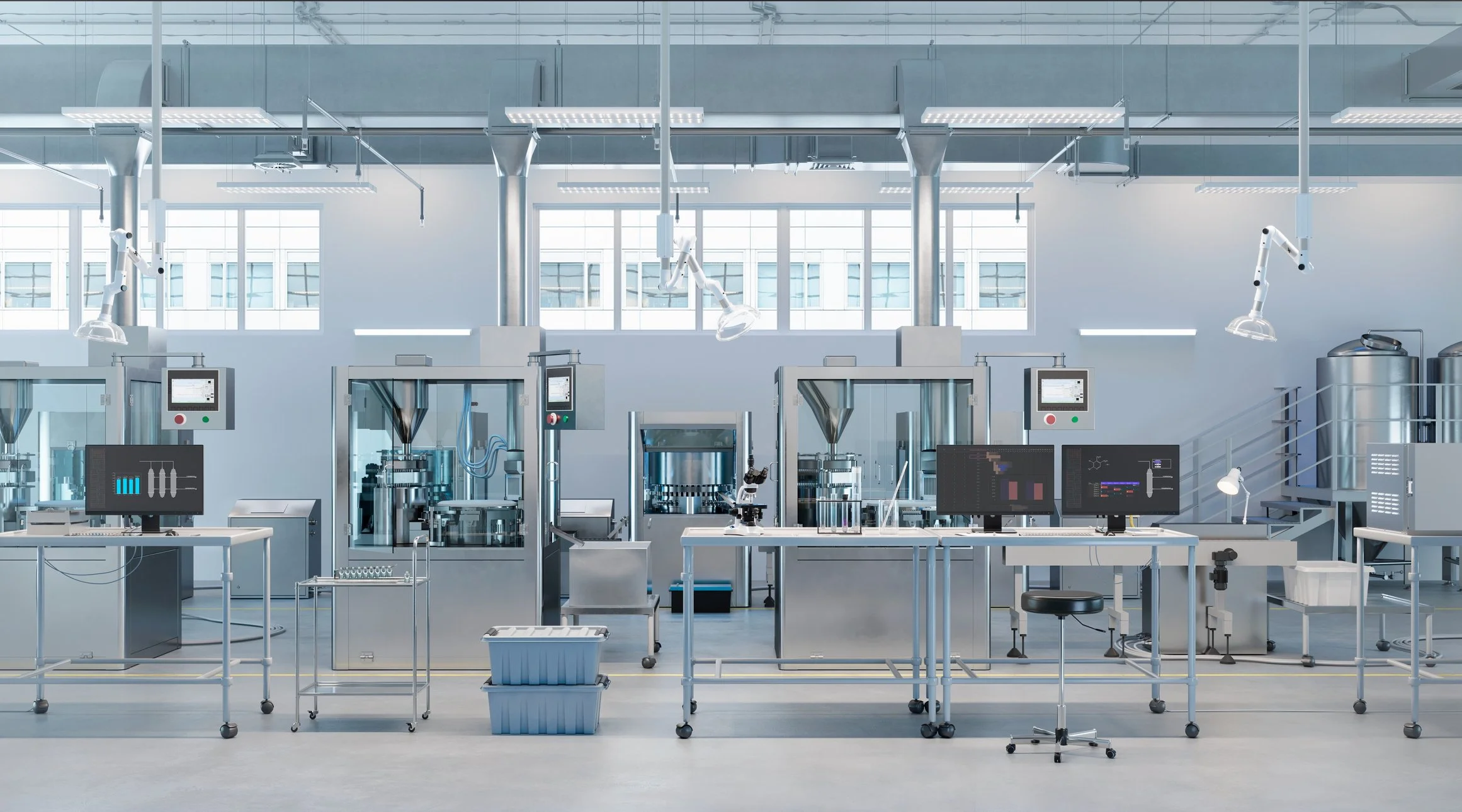
Innovation and Creativity in Modern Lab Design—A Perspective from Experience
Designing labs that fuel innovation takes more than vision—it requires purpose-driven design, creative freedom, and operational foresight, and this insider perspective reveals how today’s most forward-thinking teams are transforming labs into strategic assets that inspire discovery and adapt to what’s next

What Crime Labs Need Now—and Tomorrow: Insights from Arkansas’ New Facility
The design and construction of the new Arkansas State Crime Laboratory highlight the importance of early user engagement, flexible infrastructure, and careful planning to meet evolving forensic science needs and operational workflows
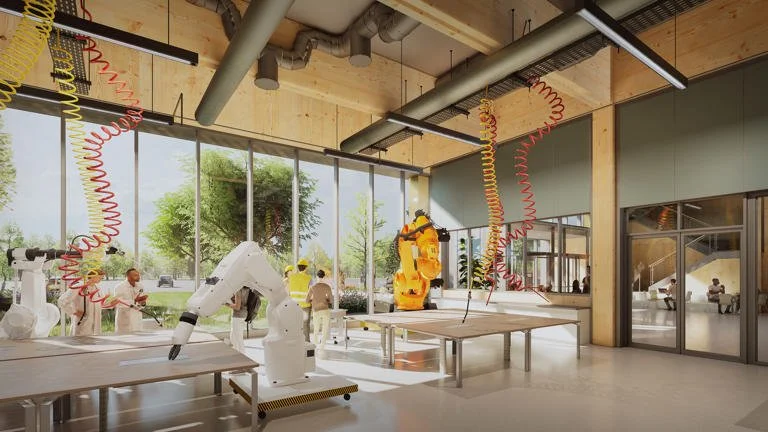
University of Maine Launches Innovative GEM Research Facility
The University of Maine has broken ground on the GEM Factory of the Future, a cutting-edge research facility designed to integrate sustainable mass timber construction, AI-enabled manufacturing, and robotics within a highly precise, adaptable, and collaborative academic environment
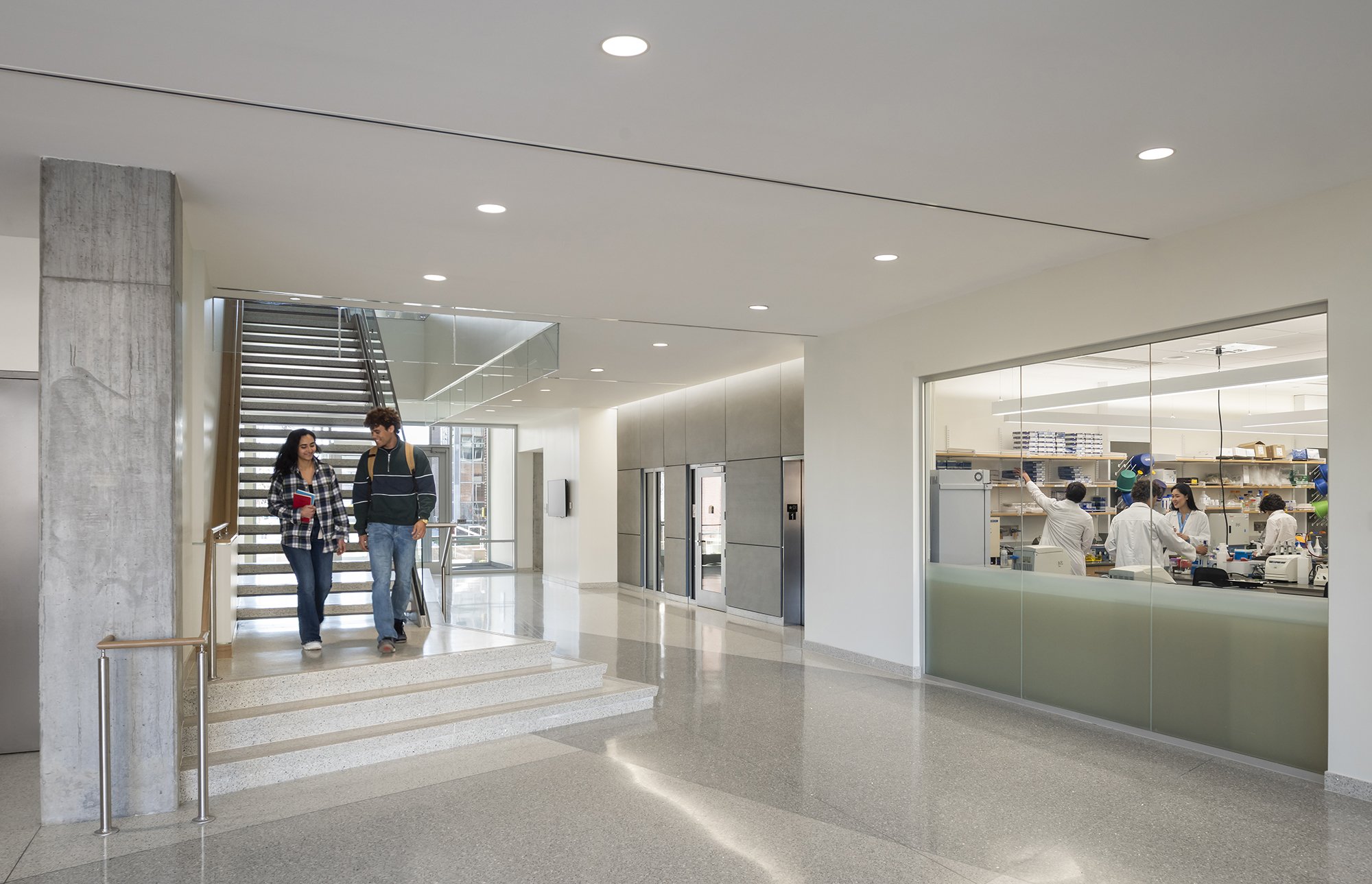
From Fire to Future: How Building X Reunites Researchers
The University of Delaware’s new Building X demonstrates how early end user engagement, flexible lab design, and integrated sustainability strategies can create a resilient, collaborative research facility that meets evolving scientific and campus needs

From Concept to Co-Innovation: How Syensqo Built a Future-Ready Biotech Lab
Syensqo’s newly inaugurated microbiology lab in Lyon exemplifies how user-driven design, advanced digital tools, and sustainable construction can dramatically expand testing capacity and accelerate the development of safe, eco-friendly solutions—offering practical lessons for building future-ready laboratory environments
